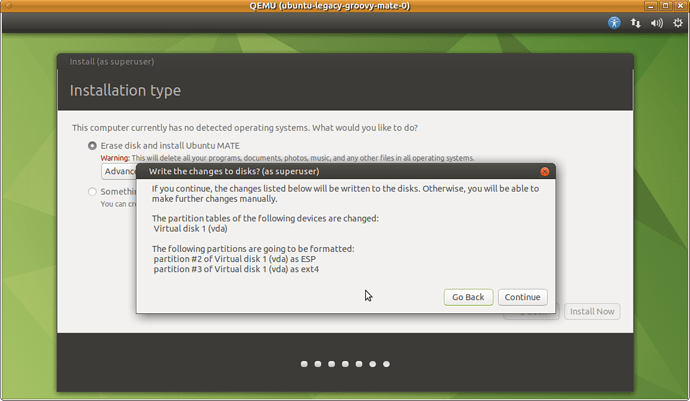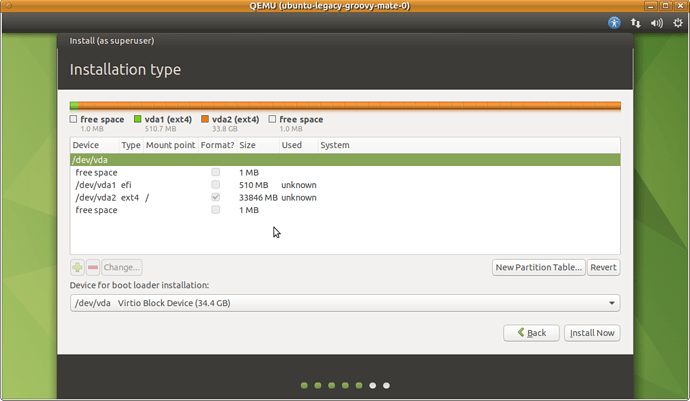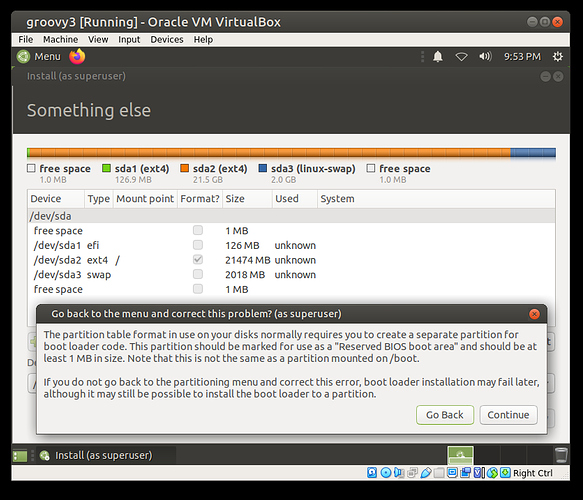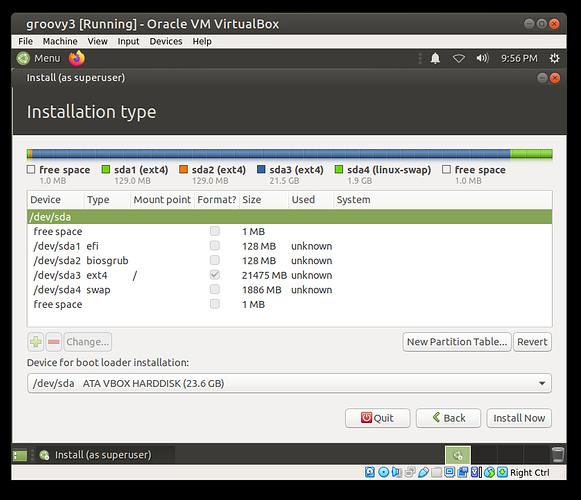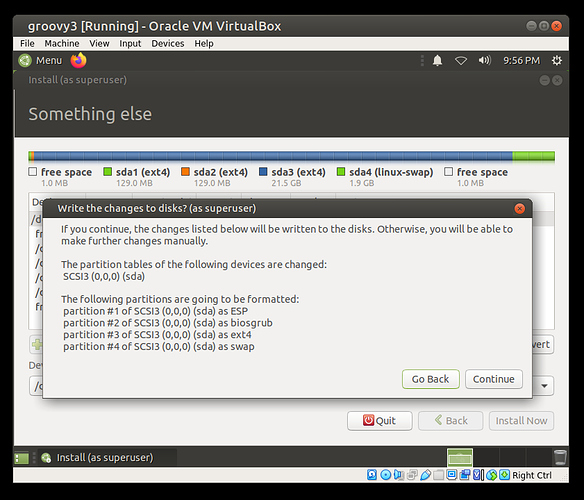It’s time for….20.10 ISO Testing! ![]()
This week, the official Ubuntu flavours are coming together for another Ubuntu Testing Week, to get us ready for 20.10, aka Groovy Gorilla. ![]()
![]() We would appreciate any and all who could help us test the ISOs, so we can find and squash issues as we continue the development cycle.
We would appreciate any and all who could help us test the ISOs, so we can find and squash issues as we continue the development cycle. ![]()
![]()
We strongly encourage you to test this image from a spare machine or a VM, and as always, very strongly encourage you to backup before downloading anything on to your primary system.
So, if you’re new to ISO testing, or need a refresher, here’s a quick guide!
First of all, you’ll need a Launchpad/Ubuntu One login. Go here to create one if you haven’t done so already.
You’ll want to download the Groovy Gorilla daily build here: Ubuntu MATE 24.10 (Oracular Oriole) Daily Build
Take a look at the testsuites for Ubuntu MATE, many of which take less than 30 minutes to complete. ![]()
Follow the directions in the testsuite. If it does all of those things, great! If it doesn’t, however, we need your help. Click on the link at the top of the page that reads “Report a bug against the contents of this testcase.” Sign in with your Launchpad/Ubuntu One account.
Follow the directions in the bug report, and be as specific as you can! This is a key step - an unreported bug will be an unfixed bug. ![]()
![]()
Thanks in advance to those of you who can help, and please reply with any issues, concerns, or questions! ![]()

